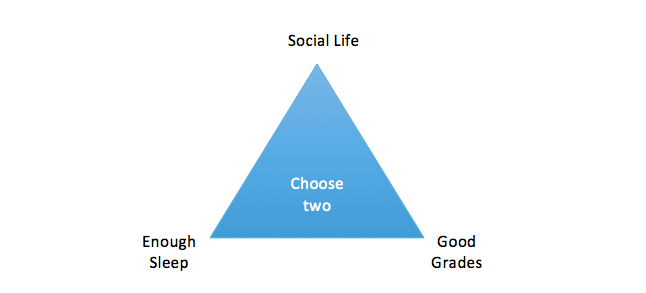This week, environmental and developmental psychologist at Cornell University, Gary Evans, paid us a visit at the Athenaeum. Prof. Evans’ talk highlighted that poverty is bad for children mainly because of the confluence of environmental and psychosocial risks it creates.
When it comes to psychosocial risks, it has been proven that low income is associated with aggression, low math scores, deferred graduation, poor language and memory development, higher divorce rates, and frequent corporal punishment. When it comes to increased environmental risks, studies have shown that poverty is bad for childhood development because it leads to smaller access to park spaces and supermarkets (which contributes to higher obesity rates), incomplete bathrooms, lack of central heat and overall low quality housing, higher exposure to allergens, crowded housing spaces, and exposure to sulfur oxides, which have been associated with serious consequences for IQ levels.
On top of these, Prof. Evans’ own studies have indicated that poverty and stress may harm parts of the brain sensitive to cognitive stress, leading to diminished reactivity in the face of life challenges and slower recovery to baseline blood pressure levels. Additionally, it appears that children who have grown up in poverty may develop a smaller hippocampus, which might retard the neurological mechanisms associated with coping strategies.
Hence, poverty is not dangerous for children just because of poverty itself. It is dangerous because of the cumulative risk exposure and confluence of risk factors that it creates. Childhood poverty cultivates a system in which, “when it rains, it pours.”






